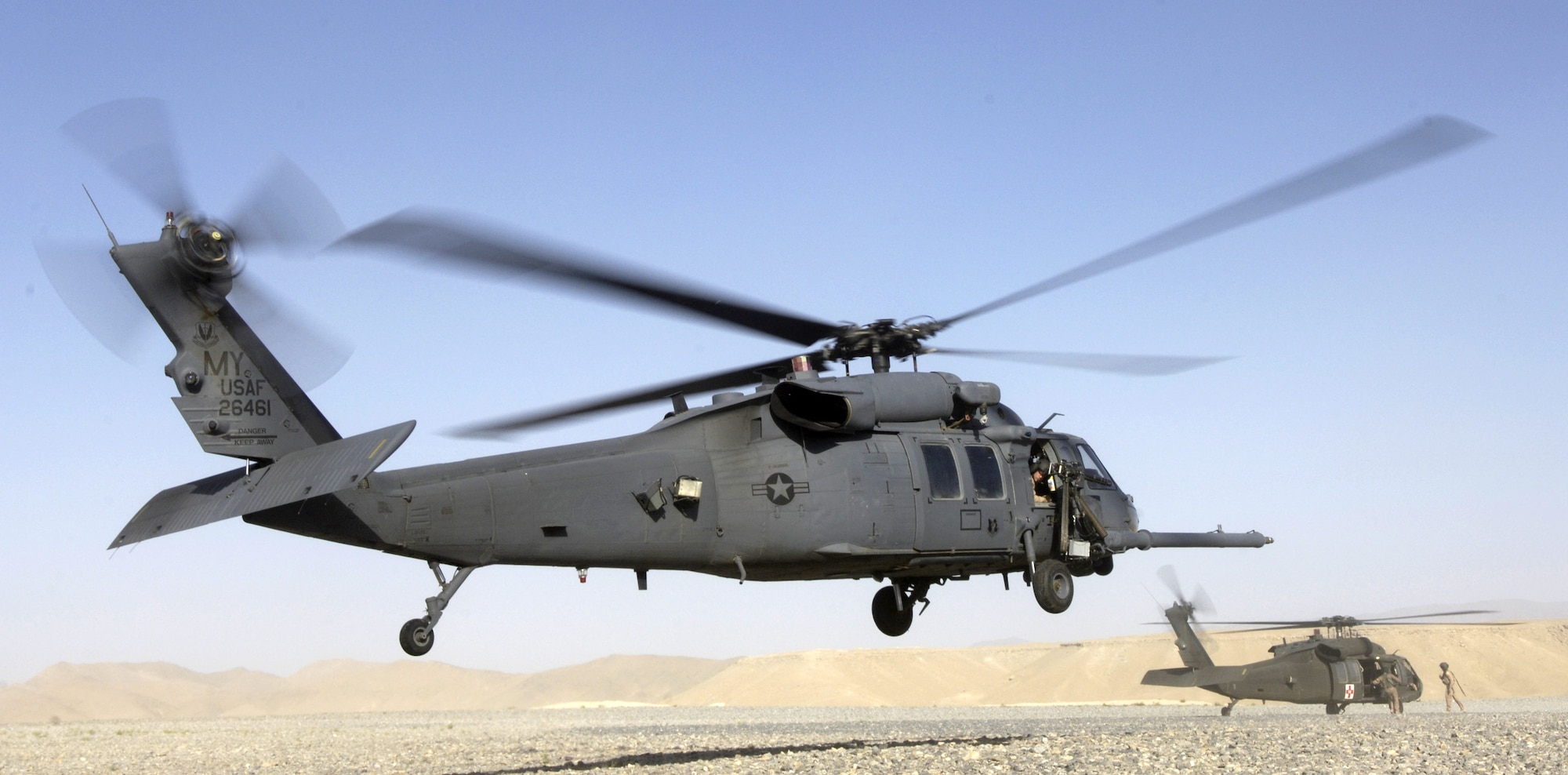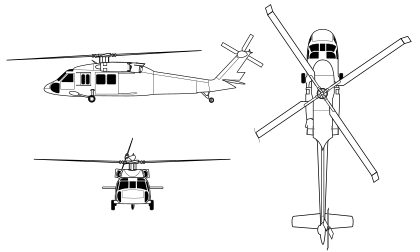The Influence of Lasting Practices on the Future of Airplane Procedures and Emissions Reduction
As the aviation market deals with raising scrutiny over its ecological impact, the adoption of lasting practices arises as a crucial path towards future aircraft procedures and discharges decrease. Advancements in sustainable aviation fuels and advancements in hybrid propulsion technologies stand at the leading edge of this transformation, promising considerable reductions in greenhouse gas emissions.

Overview of Lasting Practices
Lasting practices in airplane procedures encompass a variety of strategies aimed at reducing environmental effect while keeping functional performance. These techniques are necessary in the air travel sector's dedication to minimizing its carbon footprint and adhering to global ecological criteria. Key initiatives consist of optimizing trip courses to reduce gas consumption, boosting upkeep procedures to guarantee aircraft run at peak performance, and carrying out advanced technologies such as winglets and light-weight products that enhance the rules of aerodynamics.

Training and engaging staff on sustainability practices likewise play a vital role, promoting a culture of ecological duty within organizations. On the whole, the integration of these sustainable techniques not only assists minimize discharges but additionally improves the lasting practicality of the air travel industry, guaranteeing it fulfills the needs of both customers and regulative bodies while adding to global sustainability objectives.
Cutting-edge Fuel Alternatives
Many cutting-edge gas options are emerging as pivotal options to reduce the aeronautics market's dependence on traditional fossil fuels. Amongst these choices, Sustainable Air travel Fuels (SAFs) have obtained significant focus because of their possible to decrease lifecycle greenhouse gas exhausts by up to 80% contrasted to traditional jet fuels. SAFs are stemmed from various feedstocks, including waste oils, farming residues, and also algae, making them a flexible alternative for the industry.
An additional appealing option is hydrogen gas, which, when made use of in fuel cells, produces just water vapor as a result. This zero-emission possible presents a substantial opportunity for decarbonizing trip procedures, specifically for short-haul flights and regional aircraft. Furthermore, electrical propulsion systems are being checked out, leveraging battery technology to power aircraft. While present battery capacity limitations range and payload, continuous innovations might soon make electrical flights feasible for specific applications - uh 60.
Finally, biofuels stemmed from biomass are being investigated, providing a sustainable alternative that can be blended with standard gas. Collectively, these cutting-edge gas choices stand for an essential action towards accomplishing a sustainable aeronautics ecosystem, lining up with international discharges decrease targets and improving the sector's environmental stewardship.
Technological Advancements in Air Travel

Just how can technical advancements reshape the future of aviation? The assimilation of innovative technologies is crucial in changing aircraft operations, boosting performance, and lowering discharges. Developments such as hybrid and electric propulsion systems go to the forefront, appealing considerable reductions in fuel consumption and greenhouse gas emissions. These systems leverage innovations in battery modern technology and power management, allowing airplane to run with a lower ecological footprint.
Additionally, the execution of advanced materials, such as lightweight compounds, adds to improved aerodynamics and fuel efficiency. The use of man-made intelligence and artificial intelligence in flight procedures enhances course planning and decreases fuel melt by enabling real-time changes based upon weather and website traffic problems. In addition, the development of independent and from another location piloted airplane systems stands to change cargo and traveler transportation, potentially boosting effectiveness while lessening human mistake.
Furthermore, sustainable aviation technologies, including sophisticated air website traffic monitoring systems, can streamline operations and lower blockage, bring about lower discharges throughout trip. These developments collectively represent a standard shift in aviation, assuring a future where you could check here sustainability and functional effectiveness are linked, thus supporting the market's commitment to reducing its environmental impact.

Regulative Framework and Conformity
Because of the growing focus on ecological stewardship within the aviation market, the governing structure controling airplane operations is evolving to advertise sustainable methods. Regulatory bodies, such as the International Civil Aviation Company (ICAO) and numerous nationwide aviation authorities, are introducing rigid guidelines aimed at minimizing discharges and improving operational effectiveness.
These laws usually include the adoption of Sustainable Aeronautics Gas (SAF), which has been identified as a vital element in attaining lower carbon footprints. In addition, compliance with these regulations needs airline companies to execute innovative innovations and operational techniques, such as enhanced trip courses and improved air web traffic administration, to decrease gas usage.
Furthermore, the enforcement of discharges trading schemes and carbon countering initiatives is becoming significantly common, compelling airlines to keep track of and report their emissions precisely. Non-compliance can result in significant over here fines, hence pushing drivers to prioritize sustainability in their business versions.
Inevitably, the evolving regulatory landscape not just drives advancement and financial investment in green modern technologies yet likewise promotes a society of accountability within the aeronautics market. As these structures remain to create, the emphasis on lasting practices will be indispensable to accomplishing the market's lasting ecological goals.
Future Fads in Aircraft Operations
As the aviation market adapts to a progressively rigid governing environment, future fads in airplane procedures are readied to concentrate on cutting-edge services that additionally websites improve sustainability and performance - uh 60. Key developments will likely include the adoption of advanced air web traffic management systems, which make use of real-time data and expert system to maximize flight courses, decreasing gas consumption and exhausts
An additional significant trend is the boosted combination of lasting air travel gas (SAFs) These alternatives to conventional jet gas, acquired from eco-friendly resources, can dramatically lower lifecycle greenhouse gas discharges. The sector's commitment to SAFs will likely speed up as airline companies team up with gas manufacturers to make certain availability and cost-effectiveness.
In addition, the push in the direction of electrification and crossbreed propulsion systems is obtaining energy. Arising aircraft designs will certainly integrate these technologies, supplying quieter and more efficient procedures, specifically for short-haul flights.
Final Thought
The fostering of lasting aeronautics fuels, combined with developments in hybrid and electric propulsion systems, is important for minimizing lifecycle greenhouse gas discharges. Enhancing trip paths and embracing cutting-edge technologies contribute to a quieter and much more ecologically friendly aeronautics field.
Advancements in lasting aeronautics fuels and improvements in crossbreed propulsion technologies stand at the leading edge of this makeover, appealing considerable decreases in greenhouse gas discharges.Many innovative gas options are emerging as pivotal services to decrease the air travel sector's dependence on conventional fossil gas - uh 60. Among these choices, Lasting Aviation Gas (SAFs) have gotten significant focus due to their possible to decrease lifecycle greenhouse gas exhausts by up to 80% compared to standard jet gas.Another considerable pattern is the raised combination of lasting aviation fuels (SAFs) The fostering of lasting aeronautics gas, coupled with improvements in electrical and hybrid propulsion systems, is important for minimizing lifecycle greenhouse gas emissions